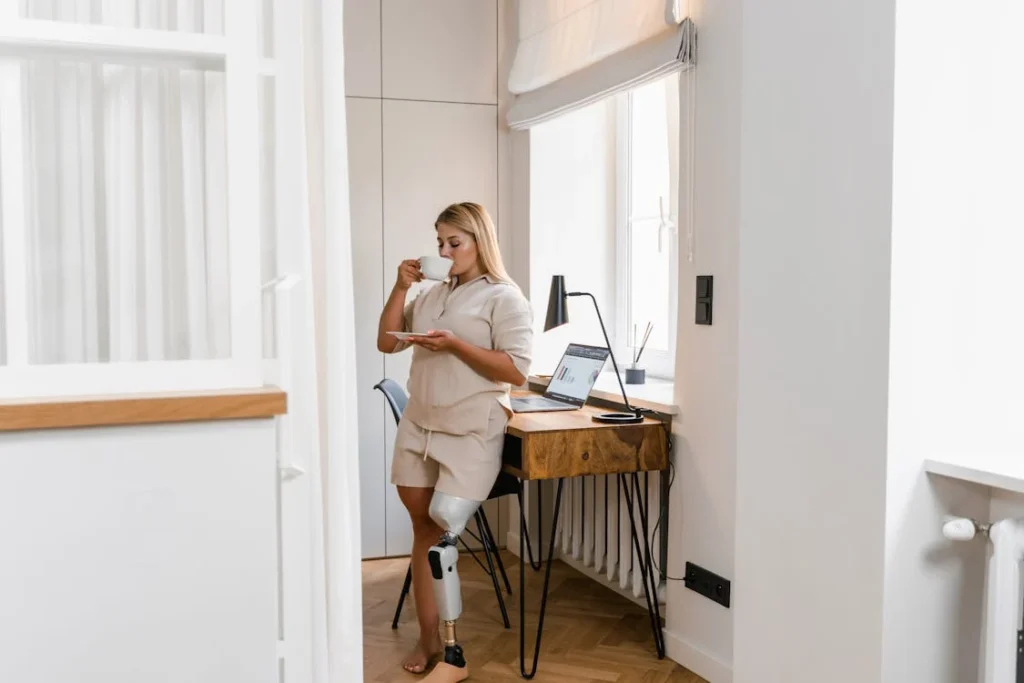Life after amputation changes everything. Simple things like standing up, moving across a room, or even using the bathroom can suddenly feel uncertain and overwhelming. But in the middle of all that change, there is support—and it often comes in the form of assistive devices.
These tools are not just about mobility. They’re about independence, safety, and confidence. They’re the quiet helpers that make it possible to move forward, one step at a time. Whether it’s the first week after surgery or months into rehabilitation, assistive devices can make the difference between feeling stuck and feeling capable.
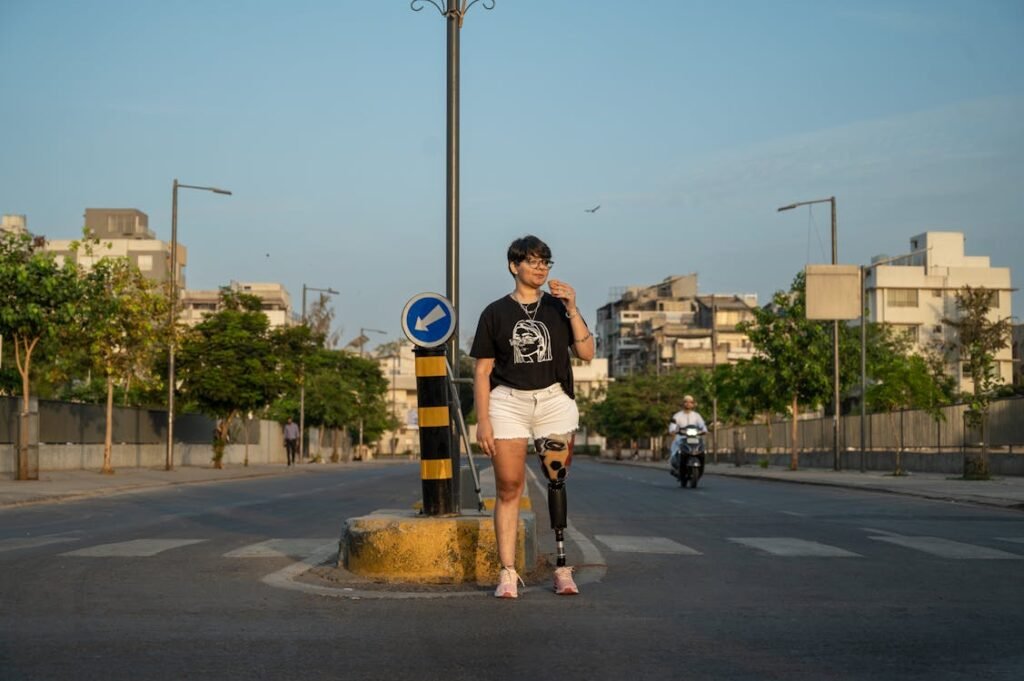
Understanding the Transition: Life After Amputation
What “Transition” Really Feels Like
The word “transition” sounds smooth. Like a gradual, gentle process. But after an amputation, it often feels anything but that. It’s messy.
It’s emotional. It’s filled with moments where you wonder if you’ll ever feel normal again.
Every part of daily life is affected. Getting out of bed. Reaching for your phone. Walking to the kitchen. Using the toilet.
Even dressing or bathing becomes something you have to think about. Your balance shifts. Your routines are disrupted. Your independence feels shaken.
That’s not weakness—it’s the natural result of your body going through something big. But in these early days, the right assistive tools can help bring back a sense of control.
They allow you to do things on your own again, even in small ways. And those small wins matter.
More Than Physical Support
Assistive devices are not just about physical help. They give you back emotional stability too. When you can safely move from one room to another, even slowly, your confidence grows.
When you can reach a shelf or get dressed without calling someone every time, you feel more like yourself again.
They also reduce the fear of falling or injury. After surgery, that fear is real and understandable. But it can quickly grow into avoidance.
You stop moving. You wait too long. You become hesitant. Assistive devices interrupt that cycle. They tell your body and your brain, “It’s safe to try again.”
You’re not weak for using these tools. You’re smart. You’re protecting your healing and your future freedom.
A New Kind of Independence
There’s a common belief that needing help means you’re losing independence. But after amputation, it’s often the opposite. The right device doesn’t take away your freedom—it gives it back.
Imagine being able to shower alone without risking a fall. Or going to the market without worrying about how far you’ll have to walk.
Or being able to sit and rest when your limb feels sore without looking for a stranger’s help. That’s real independence. And it starts with knowing what tools are available and how to use them.
Some people resist assistive devices at first. They want to be strong. They want to “get back to normal” without help.
But in our experience, the people who succeed in the long term are the ones who are willing to use every tool that helps them move forward.
And over time, as your strength and skills improve, many of these tools may no longer be needed.
But right now, they can be the bridge between where you are and where you want to be.
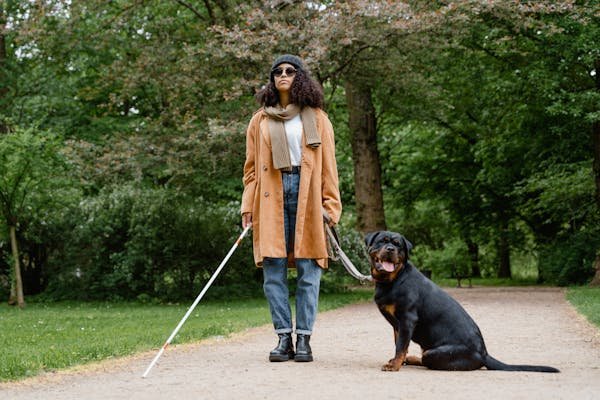
The Right Tools at the Right Time: Assistive Devices That Support Recovery
Early Recovery: Stabilizing the Body
The first few days and weeks after amputation are about rest, protection, and getting used to how your body feels now.
This is when movement feels most difficult, and where assistive tools can provide safety and reduce the risk of injury.
Devices like walkers and crutches are often introduced in this stage—not as permanent solutions, but as short-term partners in mobility.
They help you stand, balance, and take your first steps again. Using them correctly keeps pressure off your healing limb and gives your muscles time to adjust gradually, without strain.
This period may also include wheelchairs. Some people need them only for a few days, others for a few weeks or more.
A wheelchair isn’t a sign of failure—it’s a smart way to conserve energy and move comfortably while your strength returns.
The right wheelchair, properly fitted and adjusted, can offer both freedom and comfort during a time when walking might be painful or even unsafe.
If your upper limb was amputated, early devices might include positioning aids or armrests that support the shoulder and prevent joint stiffness.
These are small but important tools to reduce fatigue and support posture during long periods of sitting or resting.
At Home: Creating a Safe Space
Returning home is a big step. It feels like progress—but it can also feel intimidating. Your home, which once fit your daily routine perfectly, may now feel unfamiliar.
That’s because your needs have changed. And assistive devices help bridge the gap between your old setup and your new needs.
One of the most important areas is the bathroom. Slippery floors, low toilets, and high bathtubs can suddenly become dangerous.
Grab bars, raised toilet seats, and shower chairs are simple but powerful devices that bring safety back into your space. They allow you to perform private tasks without fear of falling or needing constant assistance.
In the bedroom and living areas, small additions like bed rails or transfer poles can help you sit up or move from bed to chair more easily.
Reaching aids can help you pick up objects without bending or stretching awkwardly. These devices don’t take over your space—they quietly support it.
Even the kitchen, a place many people miss after surgery, becomes more accessible with adaptive tools like non-slip mats, lightweight utensils, or seating options that reduce pressure on your limb while standing.
Home should be a place of ease, not anxiety. These tools help restore that sense of comfort and confidence.
In Rehabilitation: Supporting Movement and Training
As you begin physical therapy or prosthetic training, assistive devices play a different role. Here, they support your effort to regain strength, flexibility, and balance.
Parallel bars are often used in therapy centers to help people take their first steps with a prosthetic. They provide full support on both sides and give you the chance to practice posture, weight shifting, and stepping without fear of falling.
Over time, as your muscles become more engaged and your prosthetic feels more familiar, these bars may be replaced by walking aids for real-world practice.
Canes or walking sticks may be introduced to help with stability and encourage weight-bearing. These tools are not meant to be used forever—but they are incredibly helpful in the middle stages of transition, where confidence is still growing and your body is still adapting.
Balance boards, resistance bands, and exercise balls might also be part of your therapy. While not assistive in the traditional sense, they assist recovery by helping you build the coordination and control needed to live independently and safely with your prosthetic.
In upper limb rehabilitation, devices like therapy putty or grip trainers are introduced to help strengthen muscles and increase control.
These tools may seem small, but they rebuild strength in your hands, arms, and shoulders—muscles that have taken on new responsibilities.
Your rehabilitation team will guide you on which tools make sense for your body and goals. But the key takeaway is this: assistive devices are not just for comfort—they’re for growth. They help you progress faster, more safely, and with less pain.
Social and Outdoor Support: Navigating the World Again
One of the biggest milestones after amputation is going out into the world—visiting a friend, going to work, shopping for groceries. But these activities often come with new challenges: uneven surfaces, stairs, crowded spaces, or long distances.
This is where assistive devices shift again—from indoor support to public independence.
If you’re using a wheelchair or walker, ramps and portable steps may be added to help you navigate doorways or vehicles. If you’re learning to walk longer distances, forearm crutches or ergonomic canes may help you explore while managing fatigue.
If you live in a multi-level home or building, stair climbers or motorized lifts can offer peace of mind.
For upper limb amputees, devices like one-handed backpacks, adaptive phone holders, or dressing aids can make work, travel, and public life easier to handle with confidence.
You might even find that some tools are specific to your hobbies or work life. Musicians, teachers, business owners, and athletes all use custom-designed aids to keep doing what they love.
That’s the beauty of assistive technology—it’s not about limitation. It’s about adaptation.
The world outside doesn’t always feel designed for people with limb differences. But with the right devices, it can still be yours to explore.
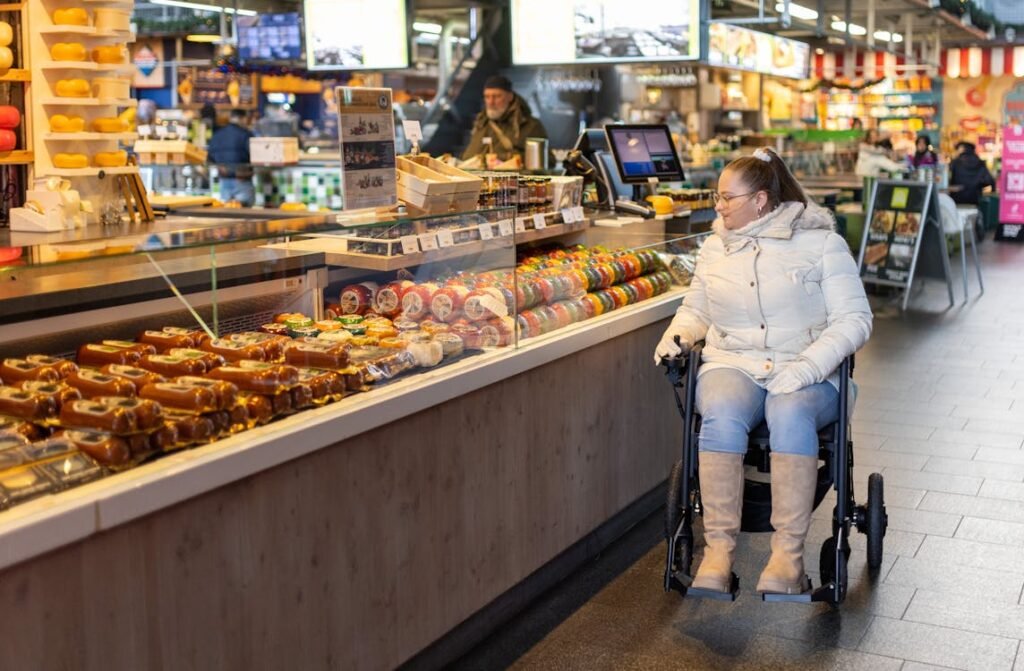
Choosing the Right Assistive Devices: A Personal Journey
One Size Doesn’t Fit All
After an amputation, it’s natural to want answers. To want someone to tell you exactly what to use, when to use it, and for how long. But the truth is, no two people recover the same way.
What works well for one person might feel awkward or unnecessary for someone else. That’s because the body, the environment, the support system, and even the emotional response to amputation vary from person to person.
Choosing an assistive device is not just about what’s available. It’s about what fits you—your lifestyle, your goals, and your comfort level. Some people need a lot of support in the beginning and gradually move away from it.
Others keep using one or two devices for months or years, not because they can’t live without them, but because those tools make life easier and safer.
What matters most is not how fast you stop using the device, but how well you live while using it. There’s no medal for struggling without help.
There’s only more pain and risk. The real strength lies in choosing what supports your health and confidence.
Your Environment Shapes Your Needs
Where you live plays a big role in which assistive devices you’ll find most helpful. If you live in a city with reliable public transport and flat sidewalks, your needs will differ from someone in a rural area with uneven roads and long distances between places.
Similarly, if your home has many stairs, you may rely more on portable ramps or stair aids than someone living on a single level.
The size of your living space, the layout of your kitchen and bathroom, and even the width of your doorways can affect what devices feel practical or frustrating. That’s why part of choosing the right support tools means observing your environment with fresh eyes.
Walking through your own home after amputation might feel different—you’ll start noticing what slows you down or makes you hesitate.
That’s not a setback—it’s information. Use it. Take notes. Discuss it with your rehab team. These details matter when selecting the tools that will work best for your space, not just what’s recommended by general guidelines.
Listening to Your Body (and Mind)
Sometimes the most important guide in this process isn’t a doctor or a therapist—it’s your own body. You’ll notice when certain movements feel unsafe, when pressure builds up in your limb, or when pain increases after certain activities. Those signals are not just background noise—they’re guidance.
If a walker makes you feel more stable, it’s the right tool for you—even if someone else says they only needed crutches.
If a grip aid lets you hold your toothbrush without strain, that’s a win—even if others say they don’t need it. And if a wheelchair lets you enjoy outings with less fatigue, it’s a valid and empowering choice.
You’re also listening to your mind. Some devices feel good physically but mentally make you feel frustrated, embarrassed, or emotionally stuck.
It’s okay to feel that way. What’s important is finding a balance—something that supports you physically while helping you emotionally move forward.
That might mean customizing how the device looks, or working with a counselor to unpack the feelings tied to using it.
You don’t have to love every part of the recovery—but you deserve tools that don’t just help you function, but help you feel whole.
Evolving With Time
One of the most overlooked parts of recovery is how your needs change. What you need today may not be what you need next month. You might start with a walker, move to a cane, and eventually walk unaided.
Or you might try a certain dressing aid and discover you no longer need it once you learn a new technique. The key is not to get too attached—or too resistant.
Assistive devices are not permanent labels. They are phases. They come in and out of your life depending on your goals, your condition, and your choices. The more flexible you are in adapting, the smoother your journey becomes.
At Robobionics, we often remind people: healing is not linear. It’s not about getting stronger in a straight line. It’s about adapting—to new sensations, new challenges, and new tools that keep you moving forward.
Having the freedom to adjust your support system is not weakness—it’s wisdom. And that wisdom grows the more you listen, observe, and honor what your body is telling you.
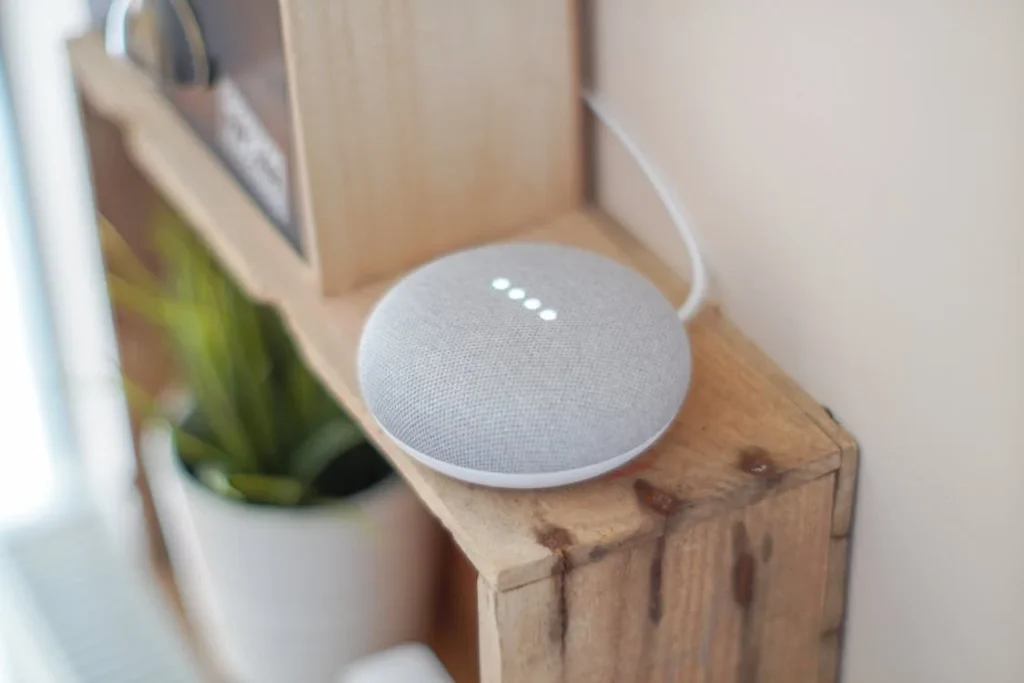
The Emotional Side of Support: Accepting and Embracing Assistive Devices
When Needing Help Feels Like Losing Something
One of the hardest parts of recovery after an amputation isn’t just the physical pain—it’s the emotional adjustment. It’s realizing that life will look different now, and that moving forward might require support from tools you never imagined needing.
For many, using an assistive device feels like admitting something painful: “I can’t do it all on my own anymore.”
That realization can hit deep. It can feel like a loss of pride, of strength, or even identity. People may look in the mirror and not recognize the person they see using a walker, or sitting in a wheelchair, or holding a cane.
And the worst part is that no one else really sees the emotions behind that moment. They might just see the device—not the struggle, not the courage it took to use it.
This emotional weight is real. And it deserves attention, not silence.
Accepting an assistive device is not giving in—it’s choosing wellness. It’s saying, “I want to move forward, safely and on my own terms.” That mindset shift is powerful. It changes the story from one of loss to one of action.
Challenging the Stigma
In many places, especially in cultures like ours, there is a strong belief that needing support is something to be ashamed of.
People are often taught that strength means doing everything alone, never asking for help, never showing signs of weakness. But when you’re recovering from amputation, those beliefs can turn into silent prisons.
Stigma tells you that using a walker makes you look old. That carrying a reacher means you’re broken. That wearing a prosthetic or relying on a wheelchair is something to be hidden.
But here’s the truth—there is nothing weak about using what works. There is nothing shameful about reaching for tools that give you back your independence.
If a ramp helps you enter a temple with confidence, it is a gift. If a shower chair lets you bathe in peace, it is not a defeat—it’s freedom.
If a prosthetic arm lets you hold your child’s hand again, it is not a reminder of loss—it’s a bridge to love.
You are not defined by the tools you use. You are defined by the way you rise with them.
Rebuilding Self-Esteem Through Adaptation
One of the most surprising gifts of assistive devices is how they slowly rebuild your confidence. At first, it might feel awkward or frustrating.
But then something changes. You start to move without fear. You reach the table on your own. You open a door, carry your bag, or go outside with a new sense of ease.
These moments build self-esteem, one action at a time. You start to realize that life is still full of possibility—not in spite of the device, but because of it.
The more control you have over your body and your environment, the more you begin to feel like yourself again. This doesn’t happen all at once.
It happens gradually. One small victory at a time. That’s how healing happens—not just in the limb, but in the mind.
Helping Others Understand
Sometimes, it’s not just your own feelings that make this hard—it’s the way others react. Family members may worry too much or say things like, “You don’t need that,” without understanding your experience.
Strangers may stare, ask rude questions, or offer help when you don’t need it. Friends may pull away, unsure of what to say.
These moments can be painful. But they are also opportunities to teach the people around you how to support you better. You don’t owe anyone an explanation, but you can set boundaries.
You can say, “This helps me move more safely.” Or “I feel stronger when I use this.” Or simply, “I’m doing what’s right for me.”
Over time, the people who matter will understand. And the ones who don’t—well, they were never meant to shape your journey anyway.
You are your own best advocate. The more confidently you use your device, the more you teach others to see it as normal, acceptable, and even admirable.
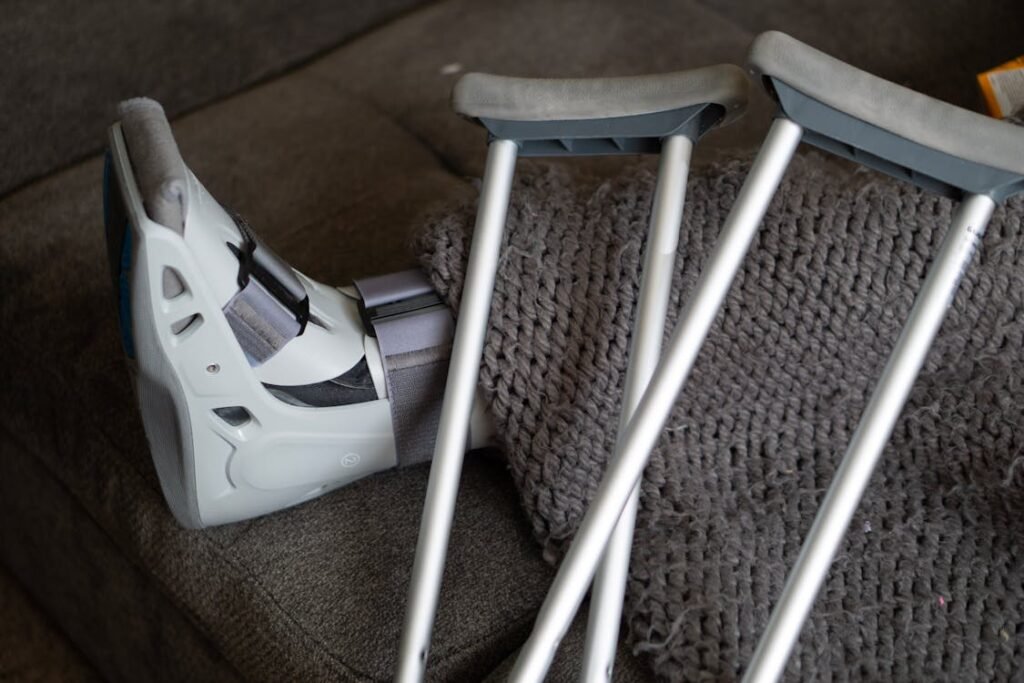
The Future Is Adaptive: Innovation in Assistive Devices After Amputation
Moving Beyond Traditional Tools
Assistive devices have come a long way from basic walkers and crutches. What once started as simple tools for support has now evolved into a space full of innovation, technology, and personalization.
The goal is no longer just survival or compensation. Today, assistive devices are about enhancing quality of life, restoring dignity, and opening doors to opportunities that once felt closed.
For individuals recovering from amputation, this shift matters deeply. Because it means support no longer looks like a compromise—it looks like a choice. A design. A solution created with you in mind.
We’re now seeing the rise of smart canes, powered wheelchairs with terrain sensors, modular transfer systems, and limb support braces that adjust in real time based on your posture or activity.
These aren’t future fantasies. They’re already changing the lives of people who refuse to settle for “just getting by.”
At Robobionics, we see assistive technology as a living field—one where innovation meets empathy, and where every tool should do more than function. It should empower.
Smart Integration With Daily Life
What’s exciting about today’s devices is how they quietly integrate into the flow of daily life. Take, for example, sensor-based walking aids.
These devices adjust their support based on the angle of your gait, offering more assistance when needed and backing off when you’re steady. They feel intuitive, not invasive.
Voice-controlled mobility devices allow hands-free operation, which is especially useful for individuals with upper limb differences.
Navigation aids with built-in GPS and fall detection offer peace of mind not just to the user, but also to family members and caregivers.
Even home-based assistive tools are getting smarter. Adjustable beds, smart grab bars that alert caregivers if a user hasn’t moved, or adaptive kitchen tools that track usage patterns—these devices are built with intelligence. They don’t just support movement; they respond to patterns, needs, and changes.
This level of responsiveness transforms the relationship between a person and their support system. It no longer feels mechanical or clinical. It feels natural—like the technology is learning with you, not just for you.
Designing With the User, Not Just for the User
One of the most exciting changes in the world of assistive devices is co-creation. More manufacturers and engineers are working closely with people who’ve experienced amputation to design tools that truly fit real-world needs.
This goes far beyond testing in labs. It means listening to what people actually go through at home, at work, in public spaces—and then building solutions that respond to that reality.
Whether it’s a handrest that allows for better tablet use, a flexible knee brace that adapts to different surfaces, or a lightweight exoskeleton that makes walking easier on slopes—these devices are being co-designed with real-life feedback at every stage.
As a result, tools are becoming more comfortable, more intuitive, and more inclusive. They’re being made not just to meet medical needs, but to enhance lifestyle, confidence, and creativity. And that’s a shift that truly honors the lived experience of people with limb differences.
Personalization and Expression Through Technology
Assistive devices used to be plain. Often beige, clunky, and designed to blend in as much as possible. But today, more people are saying no to invisibility.
They’re embracing assistive tools as a form of self-expression—customized, personalized, and proudly visible.
Colorful crutches. Carbon-fiber wheelchairs. Smart limb covers with bold graphics. Even walking sticks that look like high-end hiking gear. These aren’t vanity features—they’re symbols of ownership. They say, “This device is part of me, and I choose to wear it with pride.”
Technology now allows these devices to be tailored not only to your body but to your identity. This could mean adjusting the grip shape of a utensil to match your hand.
Or programming a voice aid to sound like your preferred tone. Or choosing a prosthetic cover that reflects your interests—be it minimalistic, artistic, or even futuristic.
This trend of personalization helps break stigma. It reframes assistive devices not as medical accessories but as empowering, wearable technology. The kind that says: I own this journey. And I deserve tools that feel as bold, strong, and unique as I am.
The Role of AI and Machine Learning
Looking ahead, artificial intelligence is becoming a major player in assistive device development.
Imagine a mobility aid that learns your movement patterns and predicts when you’re about to stumble—then adjusts support automatically.
Or a home system that tracks fatigue levels based on posture and breathing, prompting rest before overexertion leads to injury.
These ideas are not science fiction. They are already being tested and developed by forward-thinking engineers and rehab specialists.
AI-driven prosthetics, for instance, are learning how to respond to user intention through muscle signals and motion sensors.
In the future, these advancements will extend to walkers, braces, seating systems, and even wearable garments that support limb control.
AI has the power to make assistive devices not just reactive, but proactive—enhancing safety, reducing mental burden, and allowing users to focus less on the device and more on the life they’re living.
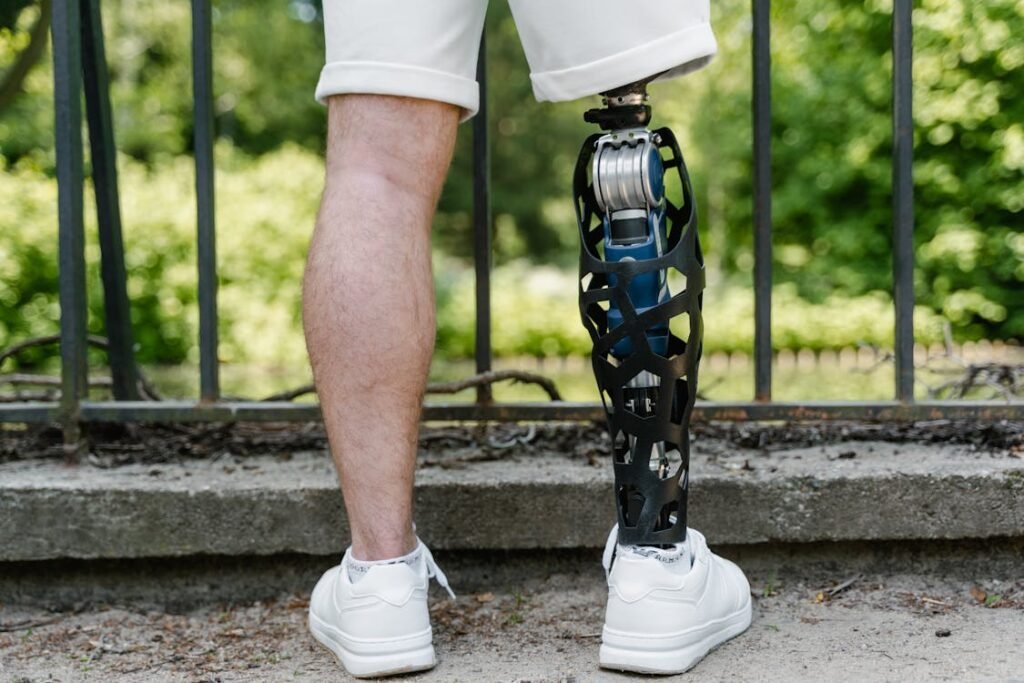
Moving Forward: Embracing Support as Part of the Journey
From Recovery to Reinvention
The journey after amputation is not just about healing a wound or learning to walk again. It’s about redefining your life in a body that has changed.
And while it may feel like you’re starting over, you’re not starting from zero. You’re starting from experience, from resilience, from strength that has already carried you this far.
Assistive devices are not symbols of limitation. They are tools of transformation. They guide you through the most difficult phases, keep you safe when you’re vulnerable, and remind you that independence comes in many forms.
Whether it’s a walker in the first weeks, a smart prosthetic arm next year, or a kitchen tool that lets you cook your favorite meal again—these devices are part of your new story.
This isn’t about depending on tools. It’s about using them to rebuild freedom.
There is no shame in support. There is only progress. Every time you choose to use something that makes life easier, you are choosing power, not weakness. You are saying yes to movement, yes to safety, yes to control over your future.
Conclusion
Assistive devices are more than equipment. They are bridges between who you were and who you are becoming. They support not just your physical recovery, but your emotional healing, your confidence, and your everyday wins. From walkers to smart canes, from reachers to mobility software—each tool plays a role in helping you live, not just survive.
At Robobionics, we understand this deeply. We don’t just build prosthetics—we support human potential. We design for real lives, real challenges, and real breakthroughs. Because we believe that after amputation, your journey forward deserves every advantage that technology, compassion, and smart design can offer.
Use what helps you. Ask for what makes you stronger. And keep moving forward—not in the shadow of what was lost, but in the light of all that still lies ahead.
You are not defined by what you’ve lost. You are shaped by how you rise.



